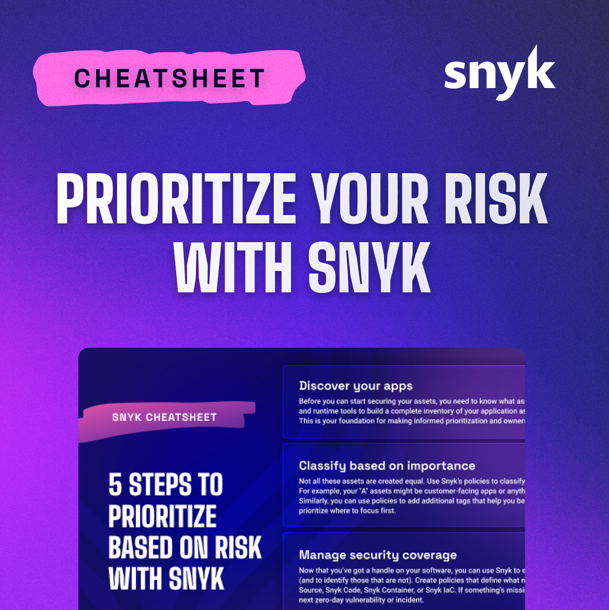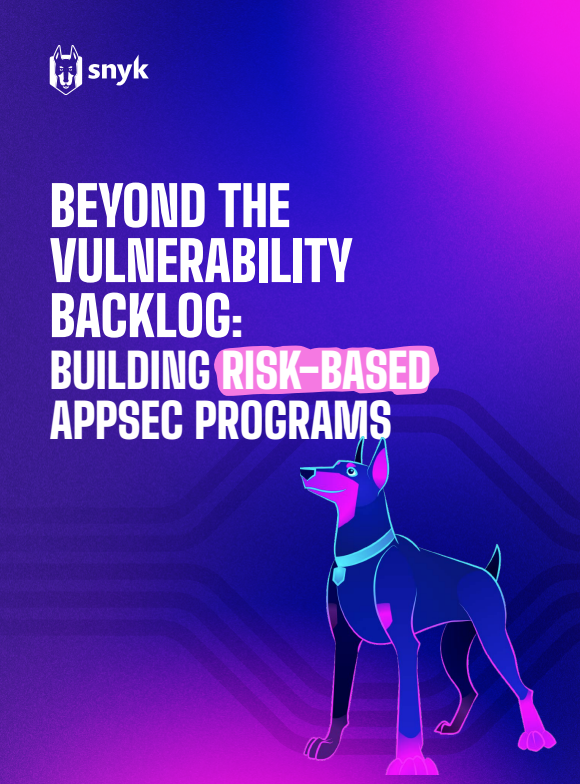Why Amazon Web Services is finally telling a hybrid cloud story
AWS's messaging matches its tools as the cloud giant woos the enterprise

Amazon Web Services (AWS) has cut a clear path into the public cloud, but now that other vendors are taking a different, hybrid, route, the tech giant is changing direction.
The cloud company started out building infrastructure for Amazon's huge retail platform, but has grown into a behemoth in its own right, with a $12 billion annual run rate, based on its latest quarterly results.
With a larger share of the public infrastructure market than Google, Microsoft and IBM combined, according to analysis by Synergy Research Group, it's fair to say AWS has won the public cloud race.
But while AWS's public cloud evangelism has brought it great success supporting massive, server-hungry companies like Netflix and Spotify, competitors have tailored their offerings specifically for the enterprise. Rivals that know they cannot make much headway alongside AWS have instead chosen a hybrid route.
Unlike greenfield firms, enterprises aren't starting from scratch. With vast swathes of legacy IT in their own data centres, they don't want to write down existing tech investments, and often want to keep certain workloads on-premise for compliance reasons. Other times, public cloud simply doesn't address all of their needs.
"There's a recognition that as the enterprise moves to cloud there are very, very few who are going to go all in," Paul Miller, senior analyst at Forrester covering industrial IoT and cloud computing, tells Cloud Pro. "Even Netflix, who is the poster child for using the cloud, only closed its last data centre in 2015."
As a result, companies that haven't made the strides that AWS has are taking the path to the cloud in a different direction. Cisco will kill off its OpenStack-based public cloud, dubbed Intercloud Services, in March, instead opting for a hybrid strategy.
Get the ITPro daily newsletter
Sign up today and you will receive a free copy of our Future Focus 2025 report - the leading guidance on AI, cybersecurity and other IT challenges as per 700+ senior executives
Meanwhile, Microsoft Azure, AWS's closest IaaS competitor, is turning up the heat on its fellow public cloud provider by introducing Azure Stack, a platform that allows enterprises to deliver Azure services from within their own data centres, essentially creating a private cloud with public cloud capabilities.
Companies that have followed in AWS's footsteps are learning from where they think it went wrong. As Oracle's co-CEO, Mark Hurd, tells Cloud Pro: "We started after Amazon, which gives us a huge advantage: we get the opportunity of knowing every mistake they made [and] bring a huge tech arsenal to it."
Changing tack
Many AWS enterprise customers have gone all-in on its public offering, including Capital One, but in light of the competition, AWS is now trying to widen its appeal to those companies who want a hybrid option.
"It's no longer just resting on its laurels, knowing that it is by far away the biggest game in town," says Clive Longbottom, founder and analyst at research firm Quocirca.
"It's seeing others, such as Azure and [IBM] Bluemix, become more of a threat - and it's seeing the coalescence of a private/non-AWS public cloud around OpenStack. As such, it is responding - and responding effectively at a technical level."
This was evident at the company's AWS re:Invent conference in Las Vegas late last year, where it unveiled a raft of tools designed to satisfy enterprise customers.
Building on a product announcement from 2015, AWS unveiled Snowball Edge, a 100TB hard drive for moving workloads between its cloud and clients' data centres. It also offers a petabyte-scale shipping container (and armed guard) for enterprises looking to do that on a much larger basis.
It also added a much needed hybrid element to its portfolio when it partnered with VMware in October 2016 to allow the virtualisation firm's customers to burst into its cloud environments.
"For some people this will really matter," says Forrester's Miller. "For others it is an announcement that maybe doesn't mean very much."
But added on top of its existing services like Direct Connect, and Storage Gateway, which does the same for storage environments, AWS appears to have a strong hybrid cloud story.
Miller adds: "Amazon's funny with hybrid. It went for years basically denying that [hybrid] was a thing. [CTO Werner Vogels] stood up on stage and said 'false cloud', again and again and again. This year it's like they think we've forgotten. 'Oh no we never did that we've always been pro-hybrid and had a hybrid story.'
"To a degree, under the hood, they have. High-level messaging has been anti-hybrid but actually they've been rolling out tools for years."
This change in messaging was evident on stage, with CEO Andy Jassy saying that cloud is not a 'Door A' or 'Door B' scenario, where one is cloud and the other on-premise; rather customers can choose both doors. This is a far cry from AWS's hitherto 'public cloud or nothing' stance.
Miller believes this shift in tone is intended to help AWS compete with its hybrid-focused rivals for enterprises' spend.
"The danger is if you go into an enterprise and say you're all in or you're not, most enterprises will say 'well much as I like what you're saying to me, I'm sorry but I can't go all in, so therefore I must be out'," he explains.
"Amazon's messaging for years has reinforced that binary nature, even if the underlying tools never did. A lot of it comes down to nuance in the messaging. Actually the core strategy may be exactly what it always was. They're just massaging how they're talking about it a little."
Why hybrid cloud is "practical" for AWS
So, what does AWS say about it all? "It's a practical realisation," Gavin Jackson, UK & Ireland MD at AWS, acknowledges.
While maintaining that companies' direction of travel will still see them closing datacentres and moving fully to the public cloud, Jackson explains that the change in messaging was deliberate.
"It takes time to get to that point," he tells Cloud Pro. "There's lots of sunken investment already in people, in infrastructures that you need to sweat the assets on, it's software licenses and support contracts and skill bases that you have; all these different things that you'll eventually retire."
Jackson adds: "But at the same time we need to make it easy for customers to digest both, and not make it an 'A or B' discussion. We need to be as easy to consume and as easy to bridge into on-premises at the same time."
Catching up, and differentiating
As Miller points out, AWS has had a lot of hybrid tools available for some time now - the change is mostly that it's now starting to talk about them. But as more organisations turn to the cloud, one of the most attractive cloud use cases is AI - the power to crunch plenty of data without it resting in on-premise systems, which would require much more investment than simply renting a vendor's cloud servers for a few hours.
For some time, Microsoft and Google's own machine learning tools dominated the space, but that changed with last year's launch of Amazon Alexa, the AI voice assistant integrated into Amazon Echo, the smart home speaker.
Alexa's machine learning brains are present in Lex, AWS's own application that it wants developers to bake into their own applications.
It's already been trained on millions of pieces of text and audio clips, crucially allowing developers to skip the time and resource-intensive step of bringing their own AI up to speed as they build apps that let people book flights or check the weather.
"[Lex] will allow you to build all kinds of conversational applications," AWS CEO Jassy told delegates at re:Invent. "You'll submit a piece of text or a piece of audio, you'll specify a response and it will return that response."
Lex, along with Amazon Polly for speech and Rekognition for images, gives AWS AI capabilities that Microsoft, IBM and Google already have.
Quocirca's Longbottom says that with big companies like these all working on AI, it's one of the key areas of innovation in tech.
"The area is moving fast, and we are getting closer to using cognitive systems for natural language processing," he tells Cloud Pro.
He adds that if IT departments get it right, AI's data-crunching ability has the potential to vastly improve the way a business runs, making it a key battleground for the cloud giants.
"Make sure that the right data is available - and make sure that the business sits down and defines desired outcomes first, and then watches and learns from the outcomes the cognitive system comes up [with] and adapt processes and data stores to improve outcomes," says Longbottom.
However, AWS's announcements were about catching up to the competition, according to Miller.
"It's not totally clear how much of what AWS has announced is genuinely innovative as much as catching up to what Google and Microsoft have had for 18 months," he says.
AWS's biggest strength is its speed
But if 2016 was about playing catch-up, then 2017 will see Amazon rapidly innovate.
"They're going to start building and incrementing very, very quickly because they always do," predicts Miller. "The danger every time AWS announces something, is it tends to be quite small and quite limited in capability, and the competition jumps in and says 'well that's only 20% of what we can do' and they take their eye off the ball.
"Six months later it's not 20%, it's 200% of what they're doing."
Walk the walk, talk the talk?
While AWS's messaging is now hybrid-friendly, questions remain over its ability to speak to companies of various sizes about how its technology can address their business plans.
"It needs to be more flexible in how it deals with contracts with smaller companies (it would be far more effective to allow the channel to manage this)," says Longbottom. "It also needs to provide easier means for non-hypertechie people to state what their business problem is and for AWS to put forward a possible solution."
Forrester's Miller believes AWS has been getting better at doing this, however, and is now having senior conversations with big businesses.
"Three or four years ago [that was the case]. Now actually they are talking to the C-level," he says. "Most organisations aren't moving to cloud for cloud's sake, most organisations are moving to cloud because they have a business problem they need to solve. Amazon's language has shifted to recognise that."
However, Miller does think that, after launching 722 new services in 2015 and close to 1,000 in 2016, AWS needs to make it clearer to senior executives what those various tools actually do.
"There's an awful lot of stuff," he points out. "If you're deeply invested in it, it's very easy to go and get the bit you need; it's actually much harder coming to it fresh. AWS needs some better signposting, some better grouping of these things together."
AWS's Jackson says the company is aware of this, and started to address the problem at re:Invent 2016.
"We do need to make it easier I think, over time, to digest the messaging," he admits. "For the first time at re:Invent you could see that manifest and you could see that Amazon AI and analytics and compute and storage, we were quite deliberate about the categories and how we describe them."
After leading the way into the cloud for so many other vendors, AWS is finally responding to their moves away from public and into hybrid cloud, which is where many of IBM, Microsoft, and Oracle's existing customer base want to play.
The company has changed its messaging accordingly, and built up an array of powerful tools, including AI, that will be useful right through the enterprise - from developers to boards deciding their business strategy. It remains to be seen how strong AWS's hybrid credentials will be, but it has positioned itself well to disrupt the IT industry, yet again.

